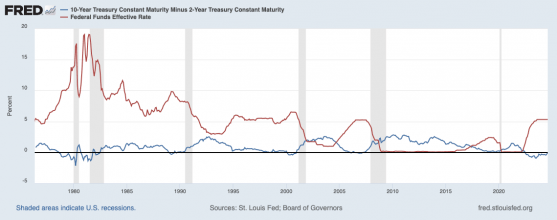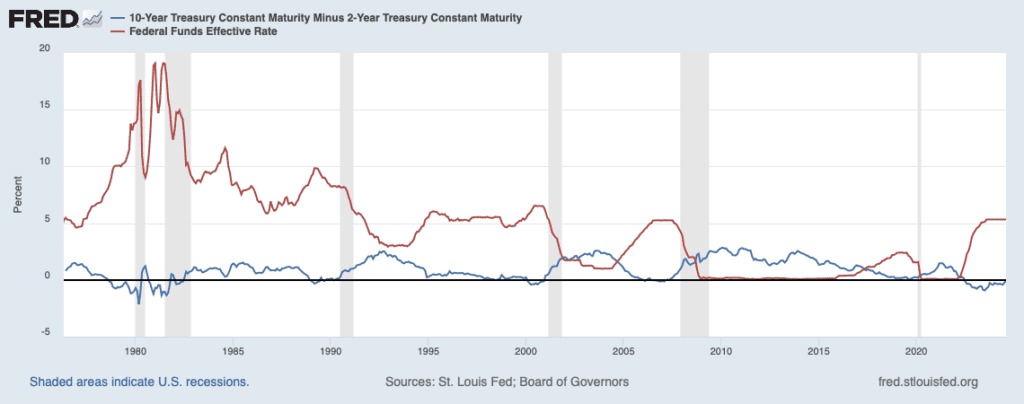“I would rather have questions that can't be answered than answers that can't be questioned.”
— Richard Feynman
Speevr Intelligence
The Speevr Intelligence daily updates provide in-depth alternative perspectives on key themes and narratives driving financial markets. Our unique collection brings Speevr's exclusive content together with partners' research and analysis.







